Physical exam of nursing in age groups of pediatrics

What is the physical examination included by the nursing area? the nurses, as well as the medical personnel, are in charge of performing a physical examination of the patient who is in the area covered by a hospital, only that this will go in a different part of the clinical history comprised by the nurse, being the responsible the nursing staff.
The physical examination is called a cephalocaudal physical examination. What does this mean? it comprises from the head to the feet, that is, an observation and a clinical exploration that will cover the entire human body, starting from the head with the scalp and ending on the soles of the feet.
.png)

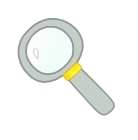
- In the examination: auscultation, an inspection of anthropometric measurements, symmetry and size, color, movements and reflexes of the patient will be carried out.
Then, as I mentioned earlier we will begin with an observation, inspecting in this way in a major way the general aspect.
- General aspect: We will perform a visual inspection of the child where we will assess the degree of consciousness, we will see if the patient has apathy, drowsiness, stupor or unconsciousness.
Differences between each of them - When there is apathy, the patient usually shows a lack of interest (disinterest) and this usually goes hand in hand with a lack of motivation.
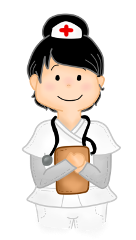
When the patient has drowsiness, usually has fatigue, heaviness and even sleep and present awkwardness in some movements to be performed.
When the patient shows stupor this means that there is a lack of excessive reaction, and this is usually long and deep, where the patient does not react properly.
the unconsciousness is presented when the patient has lost the knowledge of his surroundings.
Within the degree of consciousness it is important to assess the level of activity, this will be assessed through observation and questioning where we will see if the patient is cooperative, tired, passive or if he has a mood of irritability.
The position presented by the patient will be evaluated, if this is in prone position, decubitus, left or right lateral decubitus, flowers or semiflowers (These are only some of the many positions that exist and here below I will leave some illustrated so you understand about which are each one of them).

Supine decubitus

Semiflowers or Semi-seated

Left / right lateral decubitus
And how last part in the observation of the general aspect we will evaluate the fascies, the state of nutrition and the personal hygiene of the patient.
What are the facies? are the expressions / grimaces made on the face (face).
Hair: hair color, texture and hygiene will be inspected. If seborrhoea (dandruff) occurs in the age group with respect to the adolescents, it is important to inspect this area.
Skull: symmetry and size will be evaluated in what way? with the anthropometric measurements, in the RN it is of SUMA IMPORTANCE to make this evaluation to know the size of the skull, this will tell us if it presents:
Microcephaly: occurs when the anthropometric measurement of the skull is less than 32 cm (centimeters).
Macrocephaly: occurs when the anthropometric measurement of the skull is greater than 35 cm (centimeters).
This evaluation will be done with a tape measure, in each different part of the body it has a different standard (normal) measurement, and a different evaluation technique.
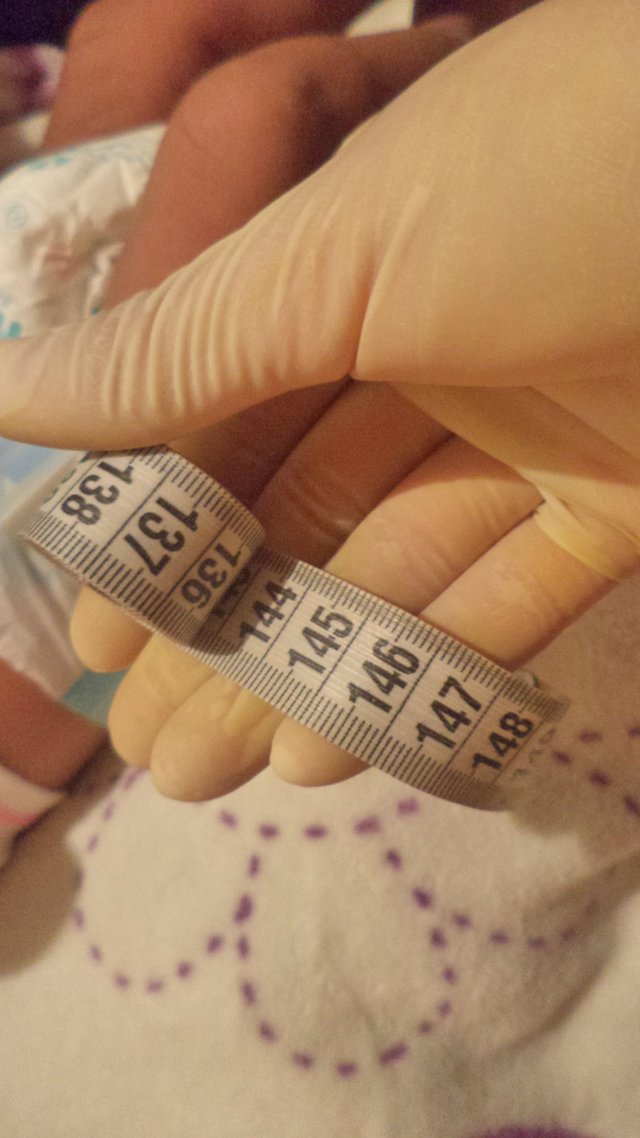
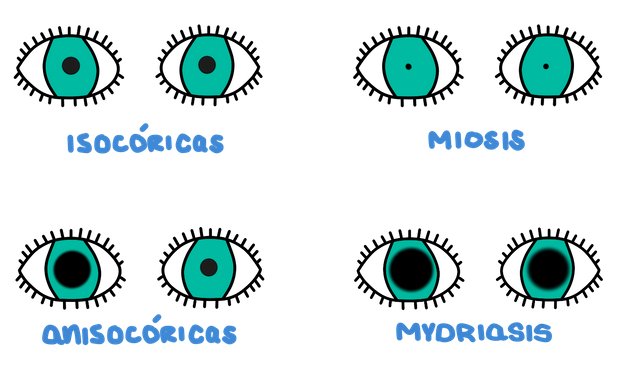
Pupils: the shape, size, movements and the photomotor reflex will be inspected.
Nose: the shape of the nose and the nasal septum will be inspected, if it presents secretion and flutter, it is important to verify in the newborn (RN) that there is permeability of the nasal passages and that it breathes correctly.
.png)
Ears: the ears will cover the inspection of the auditory canal, should be inspected through palpation and observation if there is presence of inflammation in the auditory canal, the shape of the ears and the symmetry in the size.
Oral cavity: teeth, tongue, palate and uvula will be inspected inside the oral cavity.
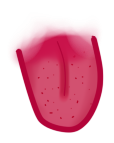
- Language: the size, color, presence of hydration, mobility and appearance will be inspected.
- Teeth: after a minor infant, at the beginning of the presence of teeth should be examined constantly to inspect if there is presence of decay, the shape and enamel of each tooth.
- Palate: in RN (newborns) the palate should be inspected to see if there is the presence of palatal clefts.
- Uvula: it must be in the central part and an adequate size, without the presence of puffiness.
In the RN the suction must be evaluated, in some cases you can find epstein pearls on the palate and in the gums, these usually disappear to the days.
Neck: the lymph nodes should be inspected, that in these there is no inflammation, the carotid pulse is inspected and that there is synchronization of the left carotid pulse and right carotid pulse.
Thorax and lung: an assessment of musculoskeletal movements and know the symmetry and size through anthropometric measurements, this is usually done in the newborn (born) and the measurements of this age group are from 32 cm to 33 cm (centimeters). Breast development should be inspected, in preterm infants born (before 40 weeks of gestation) they do not present nipples, but this is usually normal due to lack of development, and when they reach 40 to 42 weeks, they develop.

In the thorax, the breath should be inspected, what type it is, and how often.
In the same way an auscultation should be performed to listen to the heart and respiratory sounds or also called vesicular murmurs.
This post will arrive here, ending up to the middle of the body, and the other half will be evaluated and explained in a following post from the abdomen to the extremities.
It is important to know what problem each patient can present with respect to the age groups, in order to treat them on time with an adequate, effective and responsible treatment.
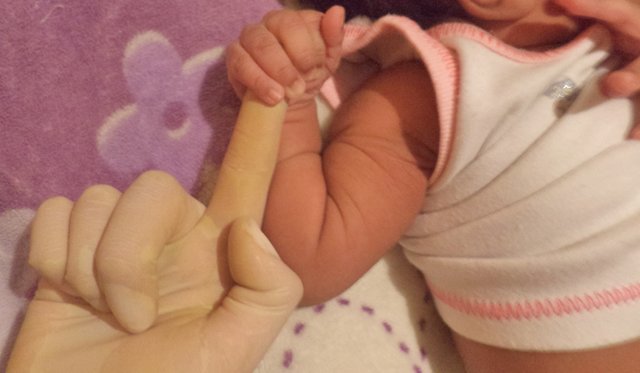
.png)
The separator that you just saw, is from my authority.
Nursing student - @arisita
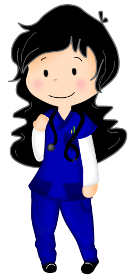
You have a random paragraph written in Spanish.
Thanks, I've fixed it